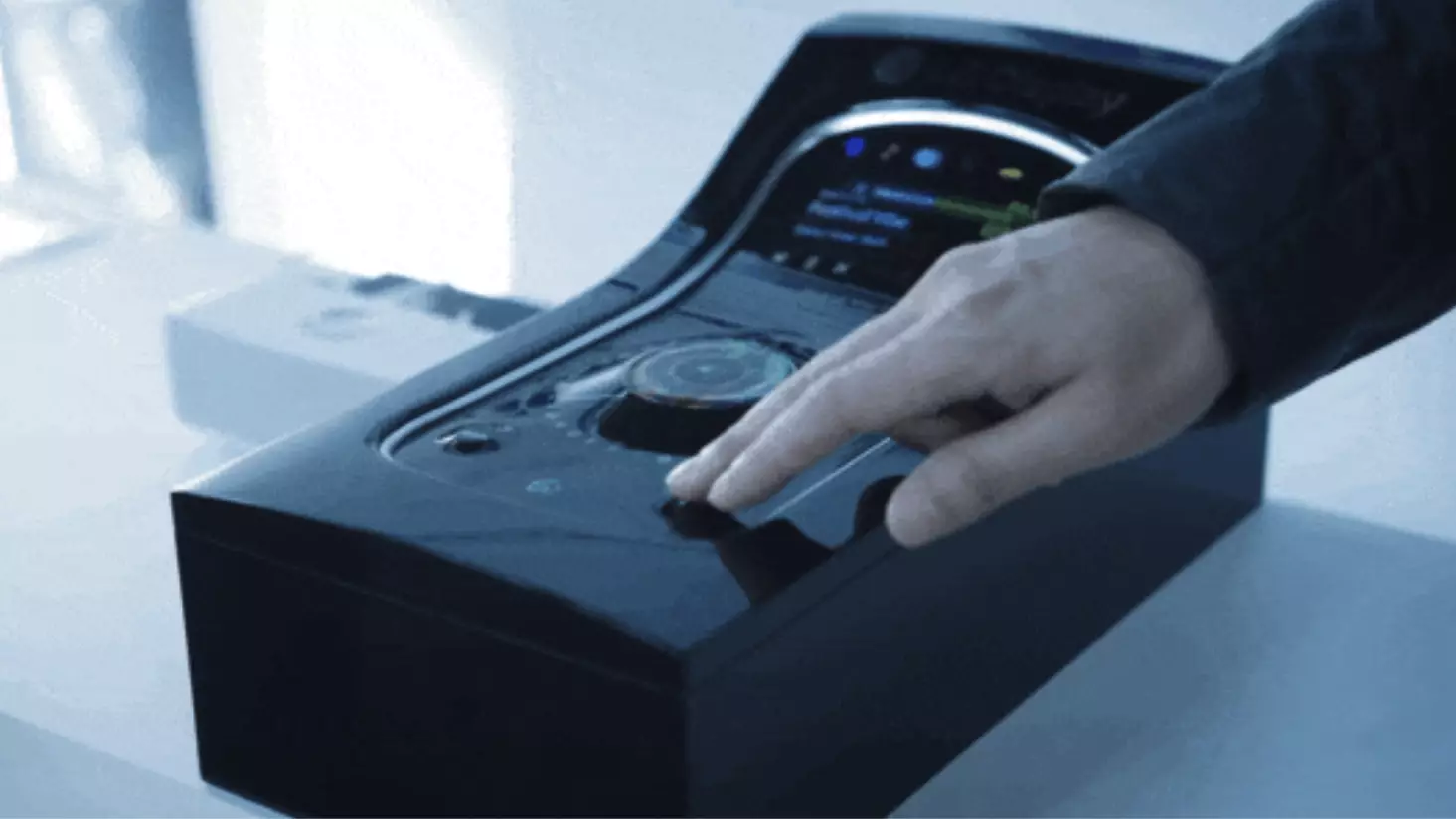In recent years, technological advancements have rapidly transformed our interaction with screens. From bendable displays that can be contorted into various shapes to the now imminent arrival of stretchable screens, we stand on the precipice of a new era in visual technology. LG has unveiled an innovative stretchable OLED panel specifically tailored for the automotive industry, signaling a paradigm shift in how we conceive control interfaces in vehicles. This new technology doesn’t merely adapt existing formats; it redefines the borders of what’s possible with displays.
Stretchable panels, with their potential to extend by 50% while maintaining a respectable pixel density, introduce an array of exciting possibilities. By integrating this tech into vehicles, we can move away from the traditional separation of displays and physical controls, leading to a streamlined interface that enhances the user experience. Imagine an automotive dashboard where the control knobs and buttons are no longer tangible entities; instead, they can morph seamlessly from the display itself. This innovative approach could redefine the way drivers interact with their cars, merging functionality with a flawless aesthetic.
Dispelling the Myths of Touchscreens in Vehicles
The automotive sector is currently navigating the tension between embracing modern technology and preserving user-friendly design. The proliferation of touchscreens in vehicles, as seen in models from Tesla to Volvo, has elicited mixed reactions among consumers. Critics argue that replacing tactile buttons with screens can distract drivers, forcing them to divert their attention from the road to search for controls. LG’s stretchable OLED technology could be the solution to this dilemma, offering a dynamic interface where controls can be called to action, thus allowing tactile feedback without necessitating visual confirmation.
This design philosophy could potentially appeal to drivers demanding both safety and innovation in their vehicles. By allowing users to map frequently used controls onto stretchable buttons that can be physically felt, the new interface serves to enhance focus and reduce distractions. It’s a fascinating embodiment of how technology can harmonize with the human experience to improve on-road safety.
A Glimpse Beyond Automotive Application
While LG’s new stretchable OLED panel targets the automotive industry, its implications extend far beyond vehicles. These displays could find applications in numerous fields—from consumer electronics to healthcare and beyond, as they offer a versatility unmatched by conventional technology. Imagine a smart home interface where users can touch a wall and engage various functions seamlessly—lights dimbing, temperature controls adjusting—all expanding right from the wall, creating interactivity that transforms user expectations of home automation.
Additionally, the gaming industry also stands on the brink of revolution with stretchable display tech. Picture a gaming environment where controls dynamically adapt to the scene, manifesting on surfaces that respond to user interaction. The potential for immersion in virtual worlds will be enhanced as the lines between physical and digital realms blur, offering an experience that resonates more deeply with users.
The Challenges Ahead
Despite the tantalizing prospects presented by stretchable OLED technology, significant challenges must be navigated before they can be widely adopted. The transition from theory to application often demands rigorous testing to ensure that these displays can withstand the rigors of everyday use—particularly in the often harsh environments encountered in automotive applications. Additionally, users must be educated about this new form of interaction; there is bound to be a learning curve as we adapt to such a radically different interface.
Moreover, the economic implications cannot be overlooked. The manufacturing costs associated with developing stretchable screens could inhibit rapid market proliferation unless tech companies can strategically refine production processes. It remains to be seen whether these costs will be justified by the unique value they provide or whether they will lead to hesitance from manufacturers to implement them.
As we stand at this crossroads of innovation, the excitement surrounding stretchable OLED technology should not overshadow the need for careful consideration—both from developers and consumers alike. Stretchable screens represent an exhilarating step forward, promising to enhance user experience across various applications, yet their journey into mainstream technology is one that requires prudence, evaluation, and foresight. The wave of the future is on the horizon, and it’s flexible.


Leave a Reply